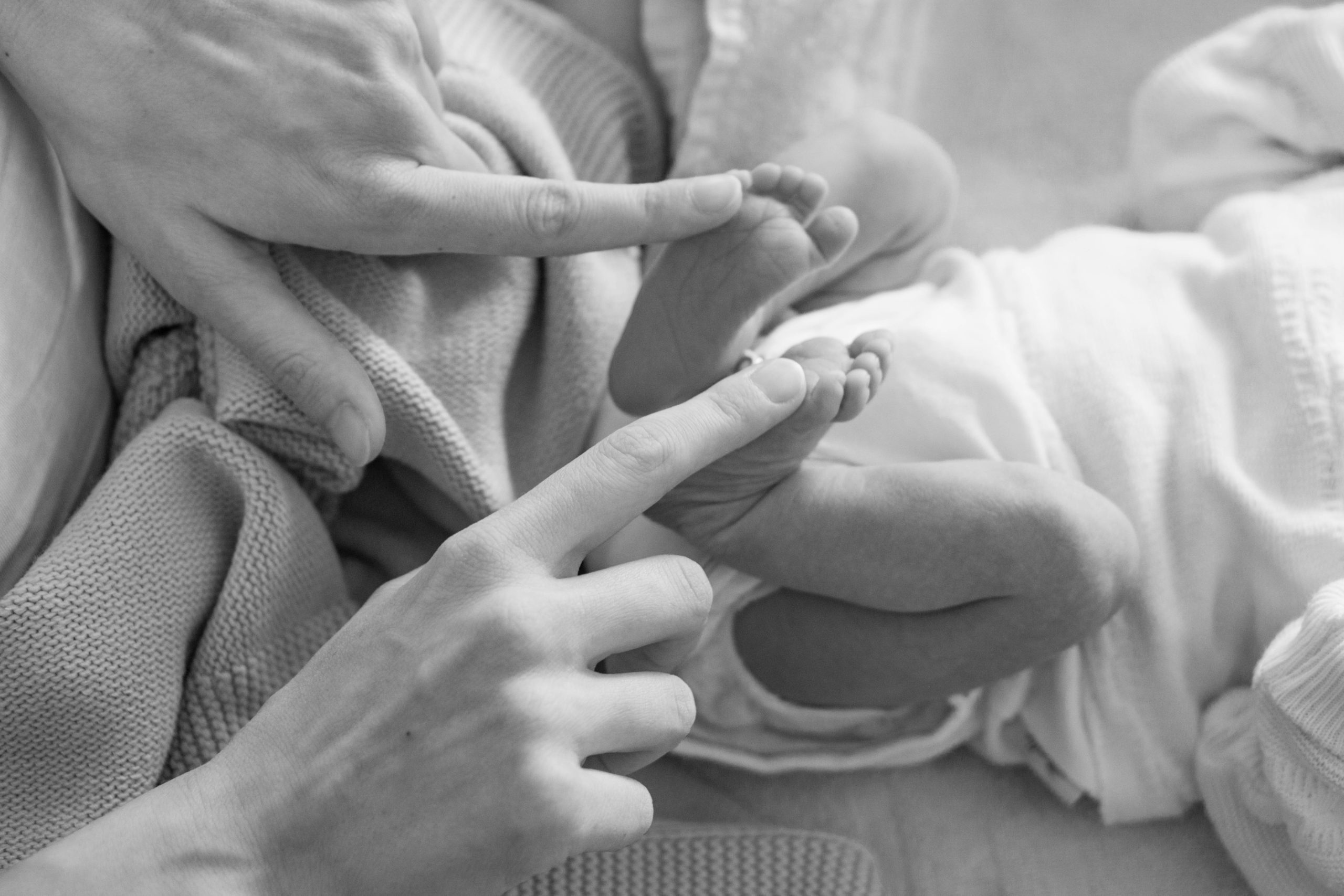Putting your little one down to take a nap, only to have her wake up 30 minutes later, can be very frustrating! Our babies don’t get the amount of sleep they need, and as parents we start worrying. Catnaps are naps that are anything less than 45 minutes. They are not considered restorative sleep, as she only stays in the “light sleep” part and doesn’t really enter the “deep sleep” phase. While she’ll wake up and seem like she’s ready to go on about her day, the nap didn’t allow her to fully rest and get the amount of sleep she needs.
What can cause a short nap?
Age: Day sleep doesn’t start consolidating until your baby is closer to 5-6 months old. If your baby is under the age of 5 months, it is normal for her to have short, inconsistent naps. Newborns aren’t able to connect through the sleep cycles, which causes frequent wake ups and short naps. As they get older, their brain develops, and they are able to connect between sleep cycles and take longer and restorative naps.
Your child is overtired: Have you kept her up too long? Are you trying to stretch her awake window far beyond she can handle? A lot of parents think that if they keep their baby up longer, she’ll be more tired and will sleep longer. But this is a big myth! When they are awake for too long and have passed their awake window, they are now overtired. Why? When we keep our baby up longer than their awake window, they start secreting cortisol instead of melatonin. Their bodies start getting a second wind and when you try to put them down to nap later, it will be harder for them to get into a deep sleep with cortisol kicking.
Your child is undertired: The term ‘undertired’, as opposed to overtired, is when your baby is not tired enough or ready to take a nap. In this case, she may fall asleep, but because she doesn’t have enough sleep pressure to help her extend her nap, she will wake up sooner. Sleep pressure is an unconscious biological response that makes us want to go to sleep, a result of adenosine building up in our brains during the time we are awake. It builds up as our time awake increases, and then it decreases as we sleep.
Environment: Is the room dark enough? You also want to make sure that the room isn’t too bright, so close the shades and make sure the room is dark. Too much light can be distracting and can also stop the production of melatonin. Make sure the room is quiet and perhaps use a white noise machine to avoid any loud noises waking her up.
Sleep Crutches: If you are doing something to or for your child to help her fall asleep at the beginning of the nap, she will need you to help her when she wakes up mid-nap. She will not be able to connect the sleep cycles on her own, will have a partial awakening, and then will wake up and not be able to go back to sleep without your help.
About Sleep Shop
The Sleep Shop is led by Melissa, a mother of four, and is a member of the International Association of Professional Sleep Consultants.
We offer one-one-one unlimited consulting, sleep classes with our founder, phone consultations, 1-week jumpstarts, infant sleep guides, 2 weeks of consulting, toddler nap guides, toddler sleep guides, toddler total resets, and “the toddler tune-up”.
We offer sleep consulting services in all of Los Angeles including Downtown L.A., Santa Monica, Malibu, South Bay, Pacific Palisades, Silver Lake, Los Feliz, Beverly Hills, Century City, and the Greater Los Angeles area.
Contact us today to learn more.




